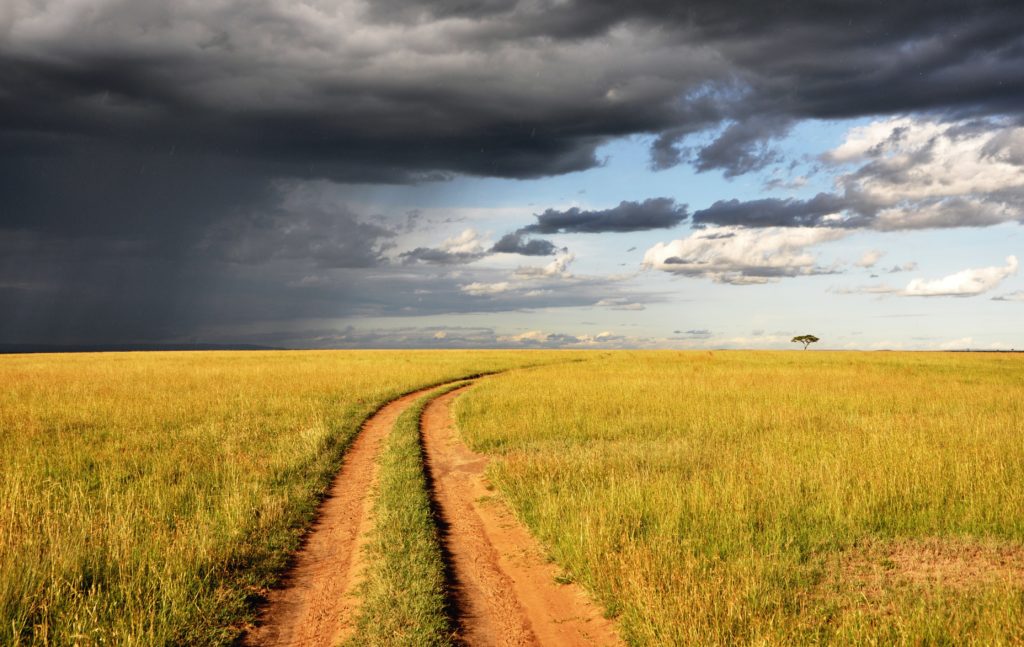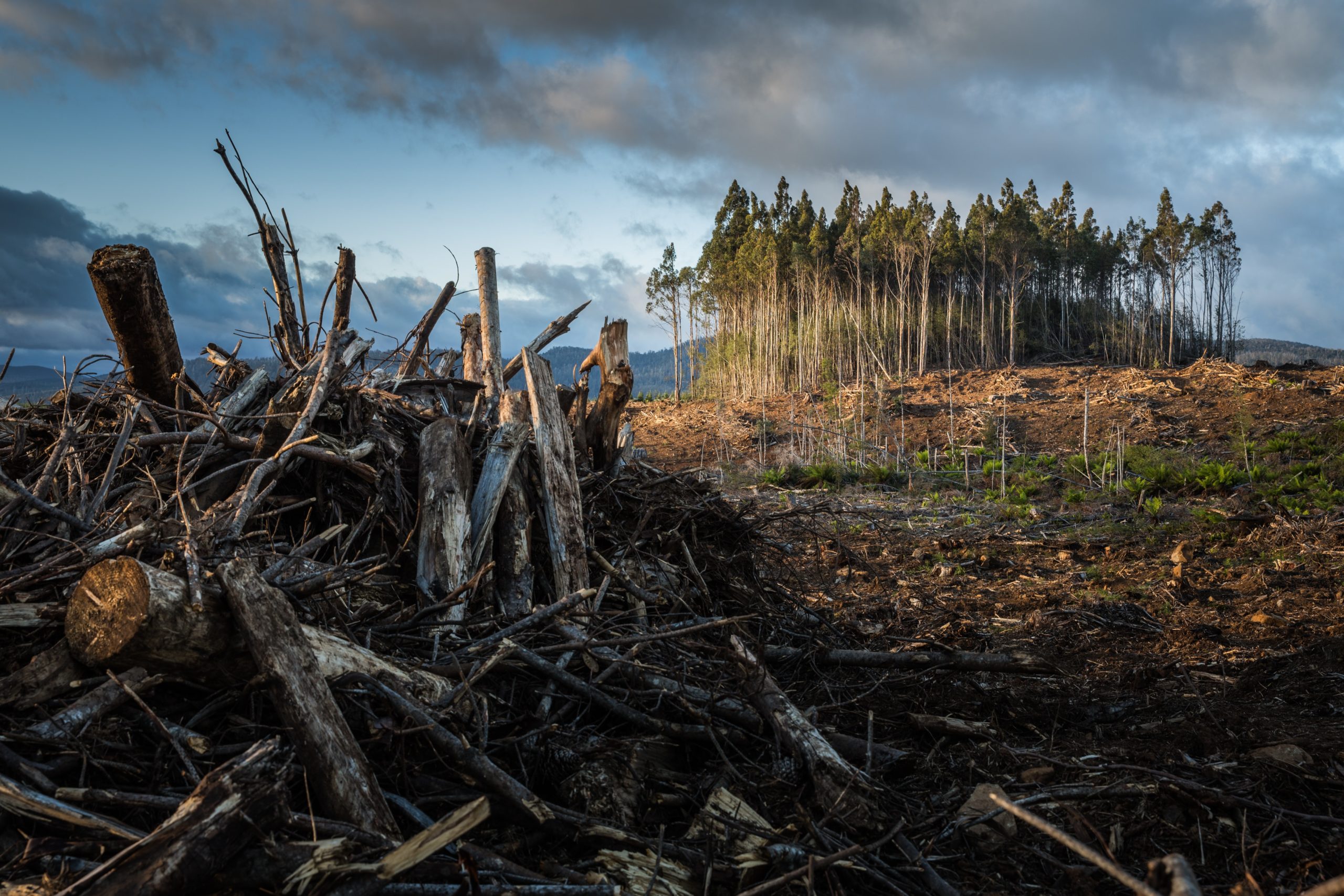7 Mins Read
By Alex Robinson.
The coral atoll of Tarawa in Kiribati is a 29-kilometre-long triangle of white sandy beaches in the central Pacific Ocean. But it isn’t paradise for many residents, who are on the front lines of the climate crisis.
The consequences of climate change are far from an abstract concept for island nations in the Pacific Ocean. In Kiribati, rising sea levels are already threatening to displace residents as eroding land has contributed to a worsening housing crisis and overcrowding. Internal relocation isn’t really an option for many on these islands. And yet, the international community has largely failed to address the issue of climate migration in a proactive way, experts say.
Canada and other high-income countries have a moral obligation to develop plans to accept and resettle climate migrants, critics say, since we’re responsible for much of the greenhouse gas that led to the current crisis. Climate-induced displacement is expected to rise in coming years as natural disasters become more destructive and more frequent. The World Bank estimates that climate change could displace up to 216 million people within their own countries by 2050. In 2020, 30 million people were displaced by severe storms, floods and wildfires, according to the Internal Displacement Monitoring Centre.

While most of the current displacement is happening within countries, a growing number of migrants are predicted to seek shelter in other countries, as the situations in their homelands deteriorate further. In sub-Saharan Africa, where rising temperatures are already squeezing farmers, researchers expect most farmland will become unsuitable for growing crops by the end of this century. And drought-induced crop failure is already compounding the migrant crisis in Central America.
High-income nations have a lot to gain economically and socially from being proactive about climate migrants. As birth rates continue to decline and populations age, Western countries such as Canada and the U.S. already lean on immigration to avoid labour shortages. Now that legal advocates say Canada should start officially welcoming climate migrants, some suggest that those fleeing the fallout from the climate crisis could help fill the green growth areas in our economy as the country transitions away from fossil fuels.
Robert McLeman, a professor of geography and environmental studies at Wilfrid Laurier University, says the federal government could create special programs to settle climate migrants. “At the government level, we need to have an open discussion about how Canada’s migration program fits into a world where things are being increasingly disrupted because of climate change.”
For those from countries that already have large diaspora communities in Canada, McLeman says, such as India and the Philippines, the federal government could widen existing programs that allow people to sponsor immediate family members to include others from their home countries. And it could create special open-ended employment visas for migrants from smaller island nations (with weaker connections to Canada), so they could come to Canada and remit the money they earn back home. Not only would this make it easier for them to settle in Canada if they choose to stay, but these remittances sent from wealthy countries are a key part in building resilience and adaptability in home communities, McLeman says.
Immigration levels have sagged during the pandemic, as the government failed to hit its target for the number of immigrants it aimed to welcome to Canada in 2020. The federal government had planned for 341,000 immigrants in 2020 but saw only 185,000 arrive; it more than doubled its 2021 goal as a result. The 2022 target is 411,000 people, but it isn’t clear how and if climate migrants will factor into this number. A spokesperson for Immigration, Refugees and Citizenship Canada (IRCC) did not answer questions about whether climate migrants are being considered in current or future immigration targets but said in an emailed statement that immigration levels for “2022–24 will be tabled in Parliament in due course.”
Currently, around one in 26 workers in Canada is employed in a green job, according to ECO Canada, and that number is expected to rise. The non-profit projects that there will be 173,000 net job openings in the environmental sector by 2025 because of growth and retirement. And analysts expect there will be labour shortages in a variety of green jobs, including senior government managers, public environmental health inspectors and urban planners. “It’s a great sector for them to work in, given what they’re escaping from,” says Yvonne Su, an assistant professor in York University’s Department of Equity Studies and a member of the Centre for Refugee Studies.

A pathway for resettlement
It’s hard to tell how many climate migrants have already come to Canada because there are often multiple interconnected factors, such as conflict and food insecurity, that push people out of their home countries. And someone who is displaced by climate change alone doesn’t fit into the Geneva Convention definition of a conventional refugee that is used in Canadian law. To meet this definition, a migrant must be outside their origin country and unable or unwilling to return “by reason of a well-founded fear of persecution for reasons of race, religion, nationality, membership in a particular social group or political opinion.” Aviva Basman, the president of the Canadian Association of Refugee Lawyers (CARL), says these factors can often be secondary impacts of climate change.
The effects of climate change can often lead to scarcity of resources, violence, and persecution of a specific ethnic group. “However, climate migration is much broader than that and is going to impact a lot more people than would fit into the legal definition of ‘convention refugee,’” Basman says.
In November, CARL called on the federal government to implement more proactive policies and guidelines when it comes to climate migration. The organization released a paper outlining proposed changes that include creating what’s called a new “public policy class” for climate migrants that “would permit Canada a great deal of flexibility in adapting to the needs of such migrants.” The group also wants to see the federal government adopt a new “protected persons” status for climate refugees that would exempt them from having to prove “personalized risk,” given the generalized risk they experience from the climate crisis. This would also allow Canada to resettle people displaced by climate change who aren’t in the country yet.
“At this point, while there’s still time to create a thoughtful policy response, we think that Canada should show international leadership by creating a comprehensive climate migration policy and specific programs,” says Basman.
Sean Fraser, Canada’s federal immigration minister, declined a request for an interview, and the spokesperson for IRCC did not answer a question on whether the federal government will consider granting protected-persons status to climate migrants. In the emailed statement, the spokesperson said the federal government “recognizes that climate change has broad implications on health, agriculture, economy, trade, infrastructure, displacement of people and migration. Immigration, Refugees and Citizenship Canada (IRCC) consistently monitors the implications of climate change on migration and displacement patterns and flows, including work by international bodies.”
In its paper, CARL points to a 2020 decision by the UN Human Rights Committee that established an international obligation not to send people back to places where their lives will be at risk because of climate change. The complainant in the case is a man from Kiribati who travelled with his family to New Zealand, where they sought asylum as climate refugees. Ioane Teitiota and his family were deported after a lengthy court battle and were ultimately unsuccessful in gaining asylum, as the committee found Teitiota’s risk wasn’t “imminent” enough. But Basman says the committee’s ruling was a watershed decision that should serve as a wake-up call for Canada.
“Now is really the time for Canada to create a thoughtful and comprehensive policy response,” she says.

Help them at home
In addition to the economic benefits of welcoming climate migrants to settle in Canada, their very presence in the country could help raise awareness of the urgency of the issue, says McLeman. This could increase support for strong climate policies.
“It’s abstract, but when people recognize that their friends, their neighbours, people in their community have lived through these types of experiences, and are able to share those stories, I hope that it draws our attention to it,” he says.
Hundreds of millions of people are expected to be displaced if the planet continues on its current trajectory and warms 2°C above pre-industrial temperatures. While it is important for high-income countries to have proactive plans to welcome climate migrants, Su says, those nations should also do more to combat the climate crisis, and prevent disasters. “We first have to take a step back and try to stop the displacement before it happens.”
Strong climate action could blunt the worst impacts of climate change and stop the displacement of climate migrants in the first place, experts say. But in the absence of meaningful action, adaptation (including proactive migration plans) and resilience must be top priorities for the international community.
This story was originally published in Corporate Knights and is republished here as part of Covering Climate Now, a global journalism collaboration strengthening coverage of the climate story.
Lead photo by Matt Palmer on Unsplash.



